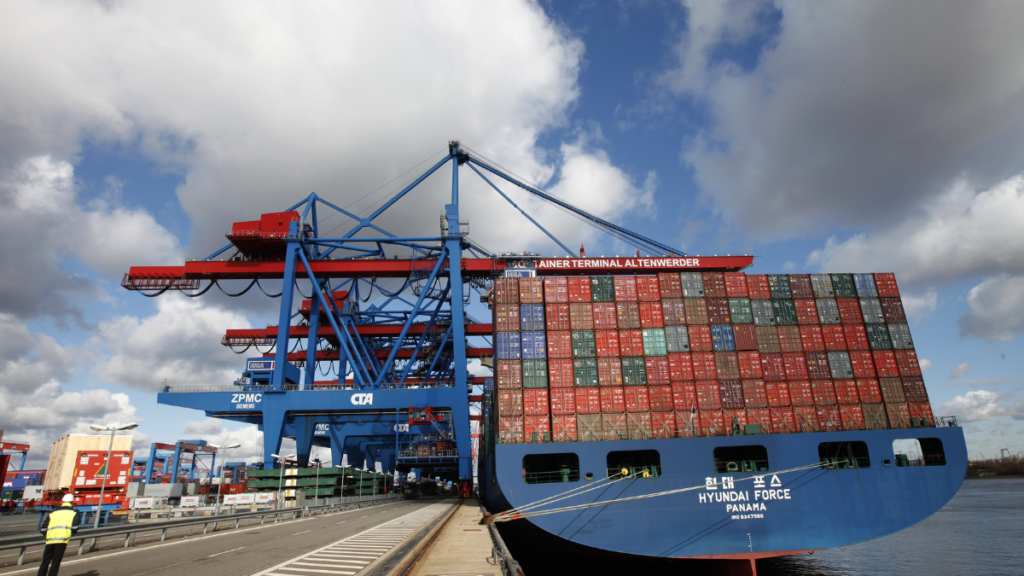India’s Ambitious Push Towards a Top-Tier Logistics Sector: Enhancing Competitiveness & Creating Jobs
Efficient logistics are the backbone of any robust economy. For India, becoming a globally preferred business destination hinges upon streamlining its logistics sector. This transformation promises to slash manufacturing costs, enhance business competitiveness, and weave Indian enterprises into the intricate tapestry of global value chains. A cornerstone for the Make in India initiative, the logistics sector isn’t just a business imperative; it’s a colossal employer, providing jobs to over 22 million people across the country.
In a significant climb, India secured the 38th position out of 139 nations on the World Bank’s Logistics Performance Index (LPI) in 2023, marking an advancement of six places since 2018. This progress, however, is but a step towards an even bolder aspiration: to rank among the world’s top 25 logistics performers by 2030. Achieving this feat requires reducing logistics costs to less than 10% of India’s GDP.
Building the Logistics Backbone
Decisive governmental actions have spurred the development of a robust logistics backbone across India. National highways have been expanding rapidly, ensuring seamless connection between ports and economic hubs. The railway sector mirrors this transformation with electrified, freight-only corridors connecting manufacturing centers to ports on both the eastern and western coasts. Moreover, India’s long-neglected inland waterways are witnessing a resurgence. Major routes, including National Waterway 1, are being fortified, and efforts are underway to explore new river-to-sea cargo routes.
Key initiatives like the Pradhan Mantri Gati Shakti National Master Plan and the National Logistics Policy play pivotal roles in this logistics overhaul. The PM Gati Shakti initiative, for instance, revolutionizes the planning and execution of multimodal infrastructure by integrating data from 16 ministries and departments into a single, GIS-based platform.
Enhanced Port and Customs Services
Major strides have been made in improving port and customs services. Faster cargo clearance and digital tracking for containerized shipments have become the norm. At the Nhava Sheva (JN) Port in Navi Mumbai, ship turnaround time has been reduced to about a day, nearing Singapore’s world-leading standard of 0.75 days. Gujarat stands out as the top performer among coastal states, while West Bengal leverages its strategic location to bolster its logistics infrastructure and services.
Embracing Technology and Training
Advanced technologies like big data and artificial intelligence hold the potential to propel India’s logistics sector to new heights. Integrating trade flow information into the PM Gati Shakti platform would allow for data-driven infrastructure planning, utilizing insights from the Goods and Services Tax Network and E-Way bills.
The planned multimodal logistics parks, offering connectivity to railway corridors, can serve as both warehouses and data centers. These hubs have the potential to attract private sector service providers and investors, simultaneously offering manufacturers last-mile connectivity.
Skill development is another crucial component. The country’s youth need to be trained for roles in this dynamic industry, and there’s an opportunity to engage women in jobs that require softer skills, such as packaging, sorting, and warehouse management. The Logistics Sector Skill Council is at the forefront of this effort, equipping workers with know-how in emerging technologies to nurture full-fledged logistics professionals.
The World Bank’s Support
The World Bank has been a steadfast partner in India’s logistics transformation, supporting a range of rail, road, and inland waterway projects. This collaboration extends to boosting digitization, improving trade services, and facilitating skill development to keep pace with the rapid evolution of the industry.
India’s ongoing push to improve its logistics performance promises to enhance trade competitiveness, create jobs, and position the country as a regional logistics hub. The ambitious goals set for 2030 are not just about rankings but represent a comprehensive strategy to elevate India’s logistical capabilities on the global stage.
For more information about the Pradhan Mantri Gati Shakti National Master Plan, visit gov.in.
Disclaimer: Views expressed are personal and do not reflect the official position or policy of FinancialExpress.com. Reproducing this content without permission is prohibited.
